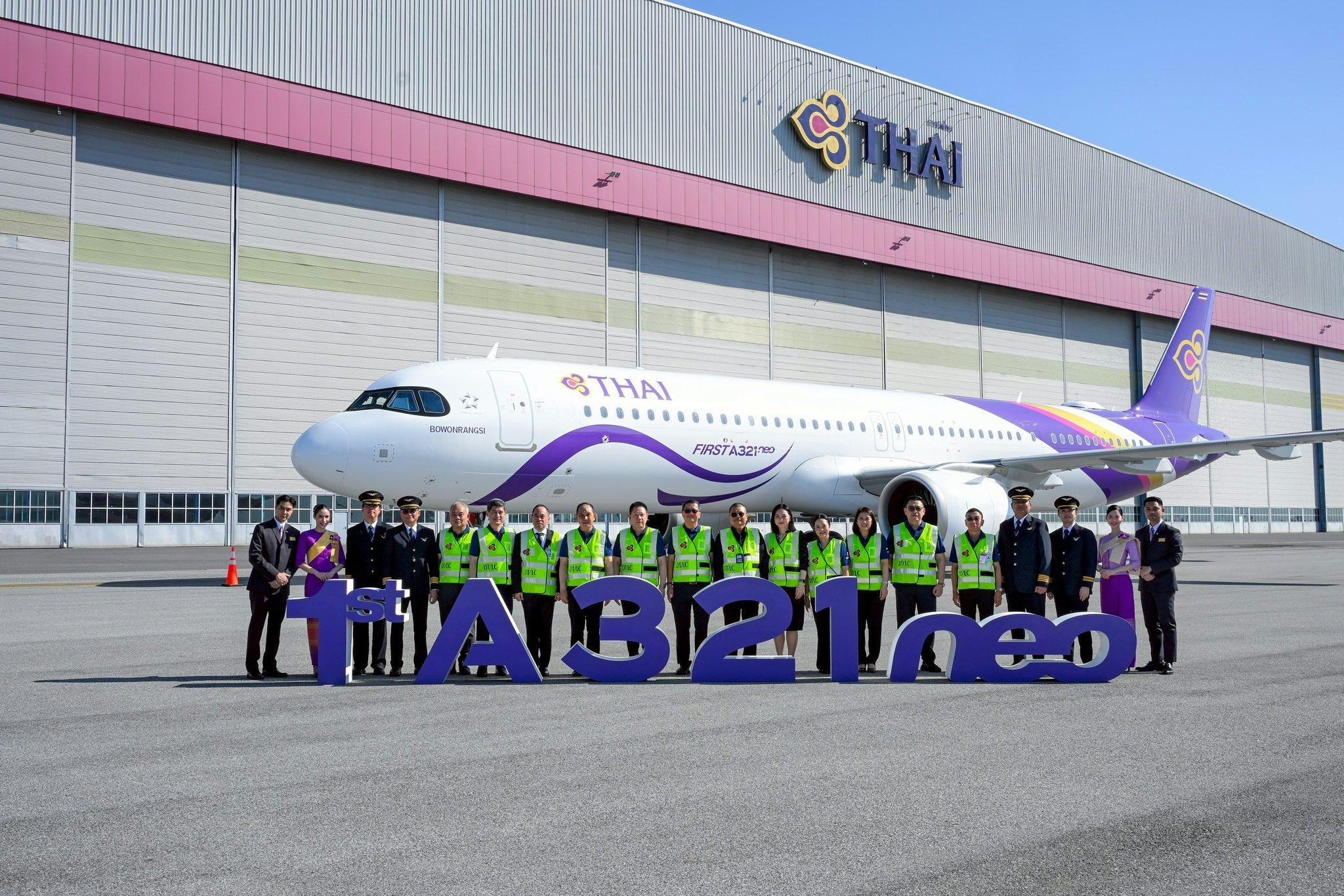
AeroGenie — 您的智能副驾驶。
热门趋势
Categories
Digital Innovations Improve Aircraft Availability
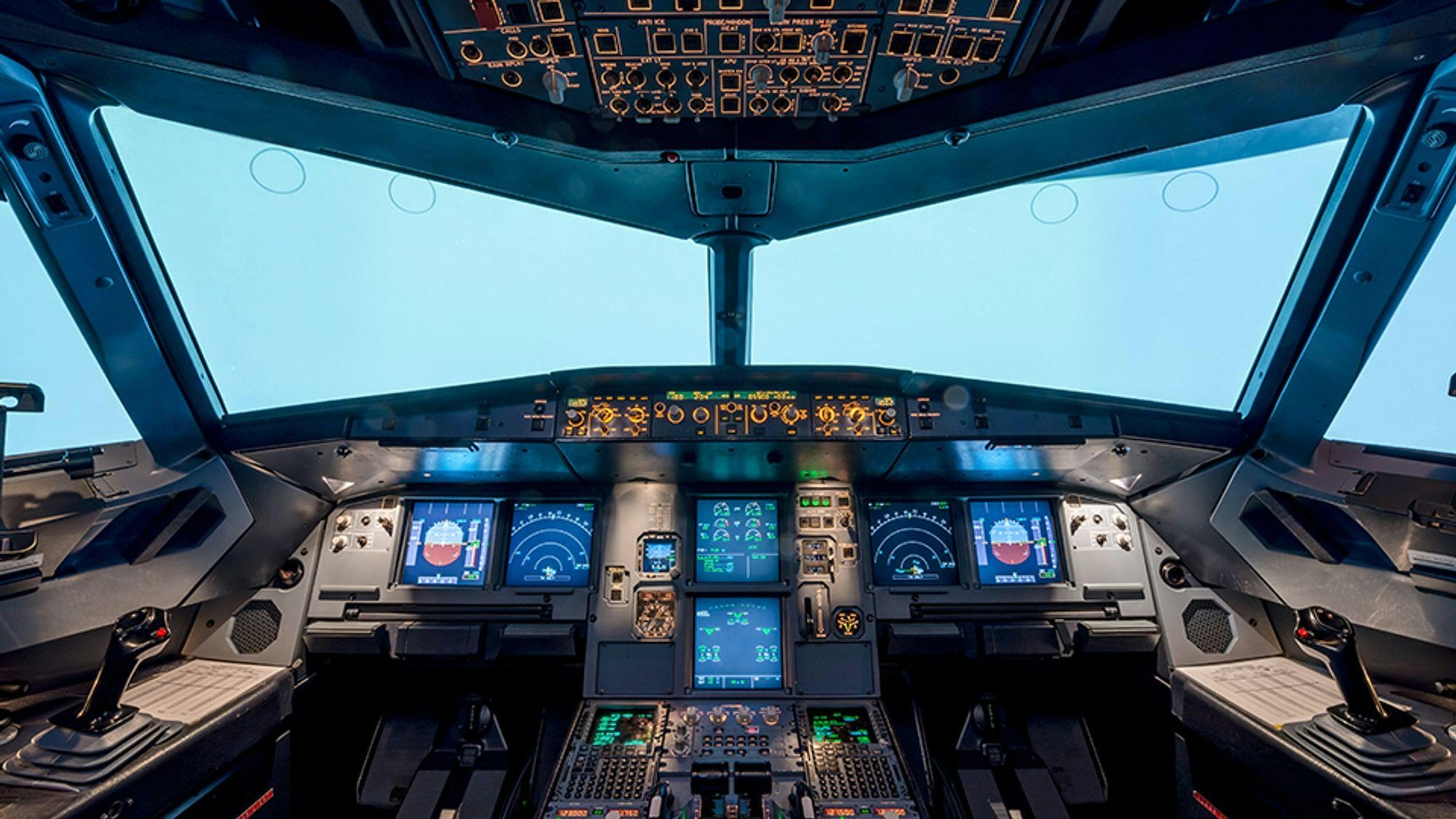
Digital Innovations Improve Aircraft Availability
For nearly seven decades, the Rolls-Royce Business Aviation brand has stood as a benchmark for exceptional aircraft engine performance, reliability, and value in the business aviation sector. Building on this enduring legacy, the company is advancing a suite of innovative, customer-focused digital service offerings aimed at enhancing the overall ownership experience. Central to these efforts is Rolls-Royce’s ambitious objective of achieving 100% aircraft availability, a goal that underscores the critical importance of minimizing downtime and maximizing operational readiness.
Transforming Maintenance and Operations Through Digital Technology
The aviation industry is undergoing a significant transformation driven by digital innovations that revolutionize aircraft maintenance and operations. Real-time monitoring systems, predictive maintenance algorithms, and streamlined service coordination are now integral to ensuring aircraft remain ready for use at all times. These technologies enable operators to anticipate potential issues before they arise, reducing unscheduled maintenance and improving reliability. By leveraging data analytics and connectivity, aircraft owners and operators benefit from enhanced operational efficiency and reduced costs, reinforcing the value proposition of modern business aviation.
Despite these advances, integrating new digital technologies with legacy systems presents considerable challenges. Achieving data accuracy and ensuring interoperability across a variety of platforms are essential to unlocking the full potential of these innovations. Moreover, the financial implications of adopting and sustaining sophisticated digital solutions require careful management by manufacturers and service providers alike, balancing investment costs against long-term operational gains.
Industry Response and Competitive Dynamics
The evolving digital landscape has intensified competition within the business aviation market. Aircraft manufacturers and service organizations are increasingly compelled to meet rising customer expectations for seamless, data-driven support and rapid response times. This shift has elevated service standards industry-wide, as clients demand not only high-performing aircraft but also consistent availability and reliability.
In response, competitors are accelerating investments in digital capabilities, forging partnerships with technology firms, and developing proprietary solutions to maintain and enhance their market positions. This dynamic environment fosters rapid innovation, reshaping the business aviation services sector and driving continuous improvement in customer experience.
As Rolls-Royce and its industry peers continue to advance digital transformation initiatives, their focus remains steadfast on delivering enhanced reliability, value, and customer satisfaction. These efforts ensure that business aircraft are not only engineered for superior performance but are also consistently available to meet the rigorous demands of modern aviation.
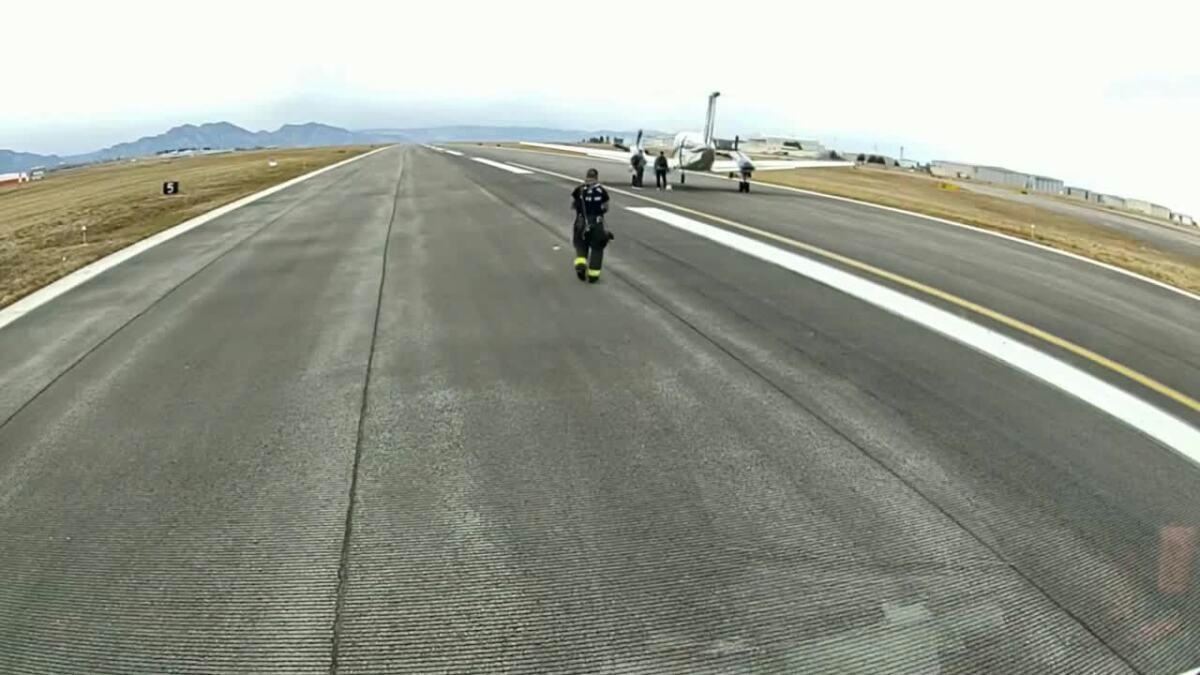
Garmin Autoland Enables First Real-World Emergency Automated Landing

Phoenix to Join Major U.S. Cities in Adopting New Travel Technologies by 2026

Ethiopian Airlines Introduces Full Strip-and-Paint Process for Airbus A350-900 Fleet

Airlines with the Largest Airbus A350 Fleets in 2026
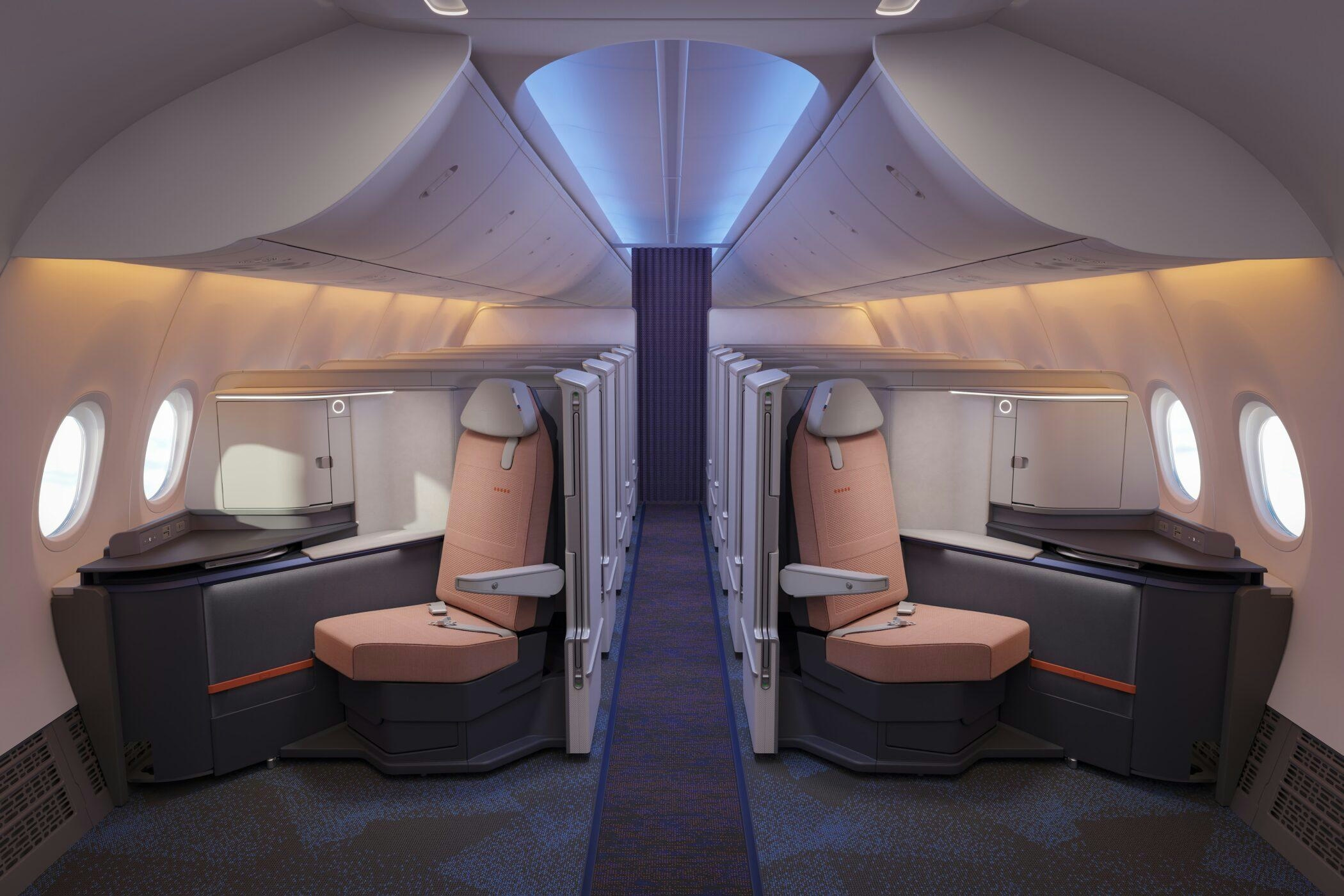
Saudia Introduces New Business Class on Airbus A321XLR

Etihad Airways Wins Over 25 Awards at 2025 Global Travel Ceremony
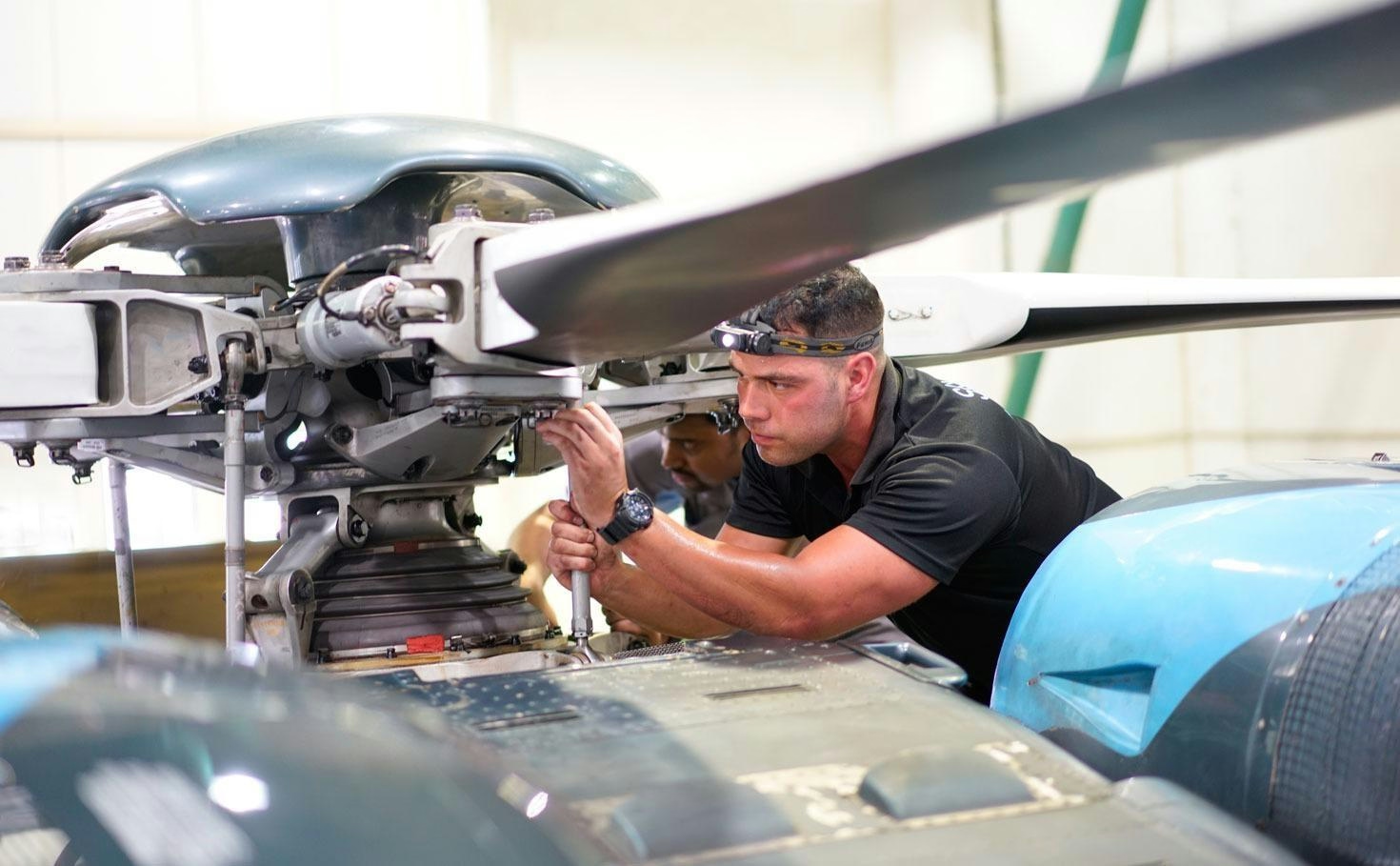
Companies Producing Diesel Airplane Engines Face Questions About Safety and Performance
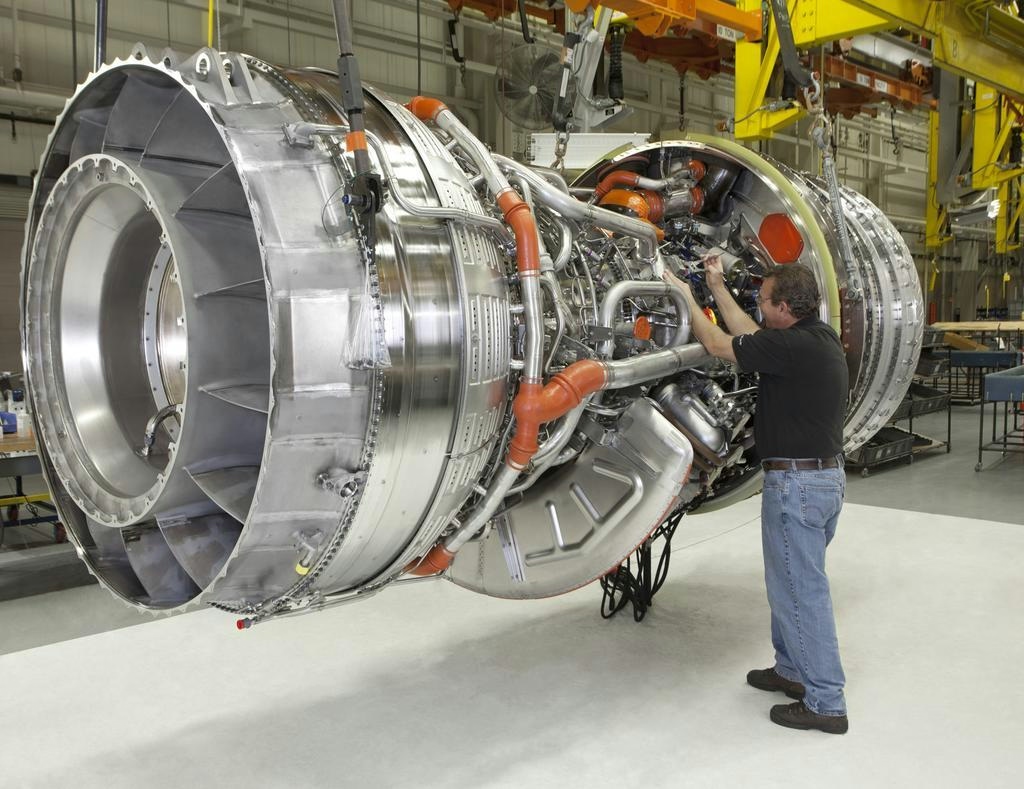
Explained: How GE Became a Jet Engine Manufacturer

Aviation Capital Group Delivers Boeing 737 MAX 8 to LOT Polish Airlines
